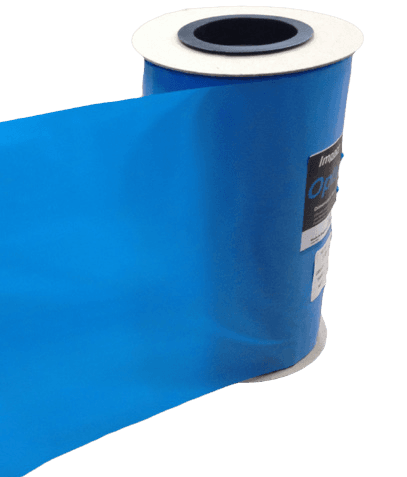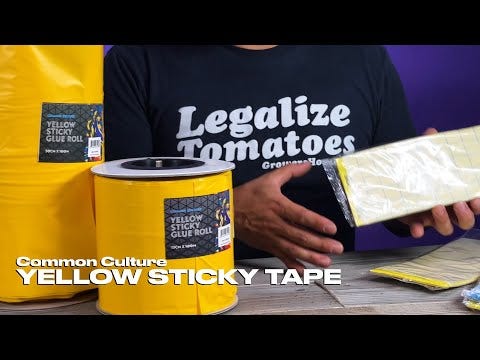


Color optimized sticky roller trap for control of various thrips species.
Thrips such as western flower thrips (Frankliniella occidentalis) cause severe damage in a range of crops and are one of the most economically important greenhouse pests. Understanding the biology of thrips and how they respond to environmental cues such as color wavelengths has enabled us to develop the Common Culture Blue series of sticky roller traps.
With increasing problems with pesticide resistance, biorational means of thrips control are resulting in the most promising management of the pest in greenhouses. Use of sticky traps in conjunction with predatory mites have proved effective in bringing western flower thrips under control. This strategy has shown increased financial returns with the added benefit of reducing pesticide use.
Common Culture Blue are used routinely in:
- vegetable crops, such as sweet pepper
- soft fruit crops, such as strawberry and raspberry
- ornamental crops, such as chrysanthemum and rose
- hardy nursery stock and propagation crops
Common Culture Blue roller traps are designed specifically to attract the western flower thrips, Frankliniella occidentalis, but also attract some other thrips species and capsids (e.g. Lygus species). The roll's blue color has been scientifically selected and tested to maximize attraction. Thrips are drawn to the rolls's blue color and stick to its adhesive surface. Detecting invasions early and precision monitoring of populations are crucial parts of integrated pest management (IPM) program.
Effective Monitoring
Apply the traps from planting for best effect. Hang the roller traps between greenhouse posts throughout the crop with extra traps around entrances. The best application height will vary according to the target pest(s) and crop(s). Rolls are safe to use with bumblebee or honeybee pollination and with the release of natural enemies where biological control programs are used. Common Culture Blue traps are effective monitoring tools on their own, and are also suitable for mass trapping and as part of a wider pest management program.



